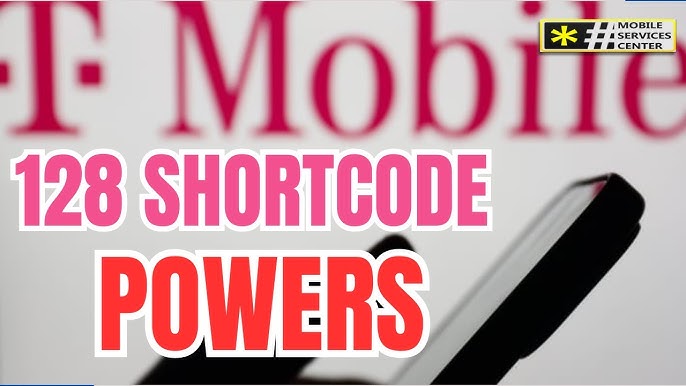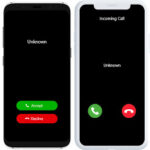If you’ve ever scrolled through your phone’s usage details online, you might have noticed some strange entries. Amid the familiar 10-digit numbers you’ve called and texted, a mysterious three-digit number can sometimes appear: 128. Seeing a log entry for a 128 short code can be confusing. Is it a secret message? A premium service you’ve been subscribed to? A scam?
Relax. In almost all cases, the answer is no. The 128 short code isn’t what you think it is. This guide will break down what short codes are and explain the real, much less alarming, reason you’re seeing this specific code on your bill.

What Are SMS Short Codes, Anyway?
To understand what the 128 short code isn’t, it helps to first know what typical short codes are. They are a common part of mobile communication in the United States, used by businesses and organizations to send and receive high volumes of text messages.
The Short Codes You’re Used To
Generally, a short code is a 5- or 6-digit number that’s easy to remember and type. You’ve likely interacted with them many times before. Common examples include:
- Marketing Alerts: Texting “JOIN” to 223344 to get coupons from your favorite store.
- Two-Factor Authentication (2FA): Your bank texting you a verification code from 86753 to securely log in.
- Charitable Donations: Texting “GIVE” to 90999 to donate to a relief fund.
- Voting and Polls: Casting a vote for a contestant on a TV show.
These short codes are designed for public interaction. The 128 short code, however, does not fit into this category.
Decoding the Mystery: The Truth About the 128 Short Code
If you’re seeing the 128 short code in your usage history, you’re not alone. This is a frequent point of confusion for many mobile customers, particularly T-Mobile users. The key thing to know is that this isn’t a number you can text, nor is it a company trying to sell you something.
It’s a System Code, Not a Conversation
The 128 short code is a system-level code. Think of it as an internal note or a routing number that your mobile carrier uses to log specific background activities on your account. It appears on your bill as a text message log, but the “message” is actually a system event, not a text someone sent you.
Based on extensive user reports and clarifications from mobile carrier representatives, the 128 short code is most often associated with your phone’s voicemail system and device synchronization.
Common Triggers for the “128” Code
If you see this code in your logs, it was likely triggered by one of these normal, everyday actions:
- Receiving a Voicemail: When someone leaves you a voicemail, the network generates a notification to your device. The log of this system notification can appear as an entry from the 128 short code.
- Calling Your Voicemail: In some cases, the act of calling your voicemail to listen to messages can also create a log entry with this code.
- Device Syncing: The code is also frequently reported by users with multiple connected devices, like an iPhone paired with an Apple Watch. The background communication required to keep these devices in sync can be logged as a 128 short code event.
So, Should You Be Worried About a 128 Short Code?
For the vast majority of people, seeing the 128 short code is completely harmless. It is simply a behind-the-scenes look at your phone’s network activity. It is not an indication of a scam or an unwanted subscription tied to that specific number.
However, this doesn’t mean you should ignore all strange messages. It’s crucial to remain vigilant about your phone security. While the 128 short code is benign, scammers use other, more conventional-looking short codes and phone numbers for phishing attempts.
Always be cautious of unsolicited messages from numbers you don’t recognize that:
- Ask you to click a suspicious link.
- Request personal information like your password, Social Security number, or bank details.
- Claim you’ve won a prize you never entered to win.
- Create a false sense of urgency or threaten you.
In summary, you can stop worrying about that mysterious 128 short code. It’s not a secret admirer or a scammer; it’s just a bit of technical jargon from your mobile carrier showing that your phone’s systems are working as intended.


